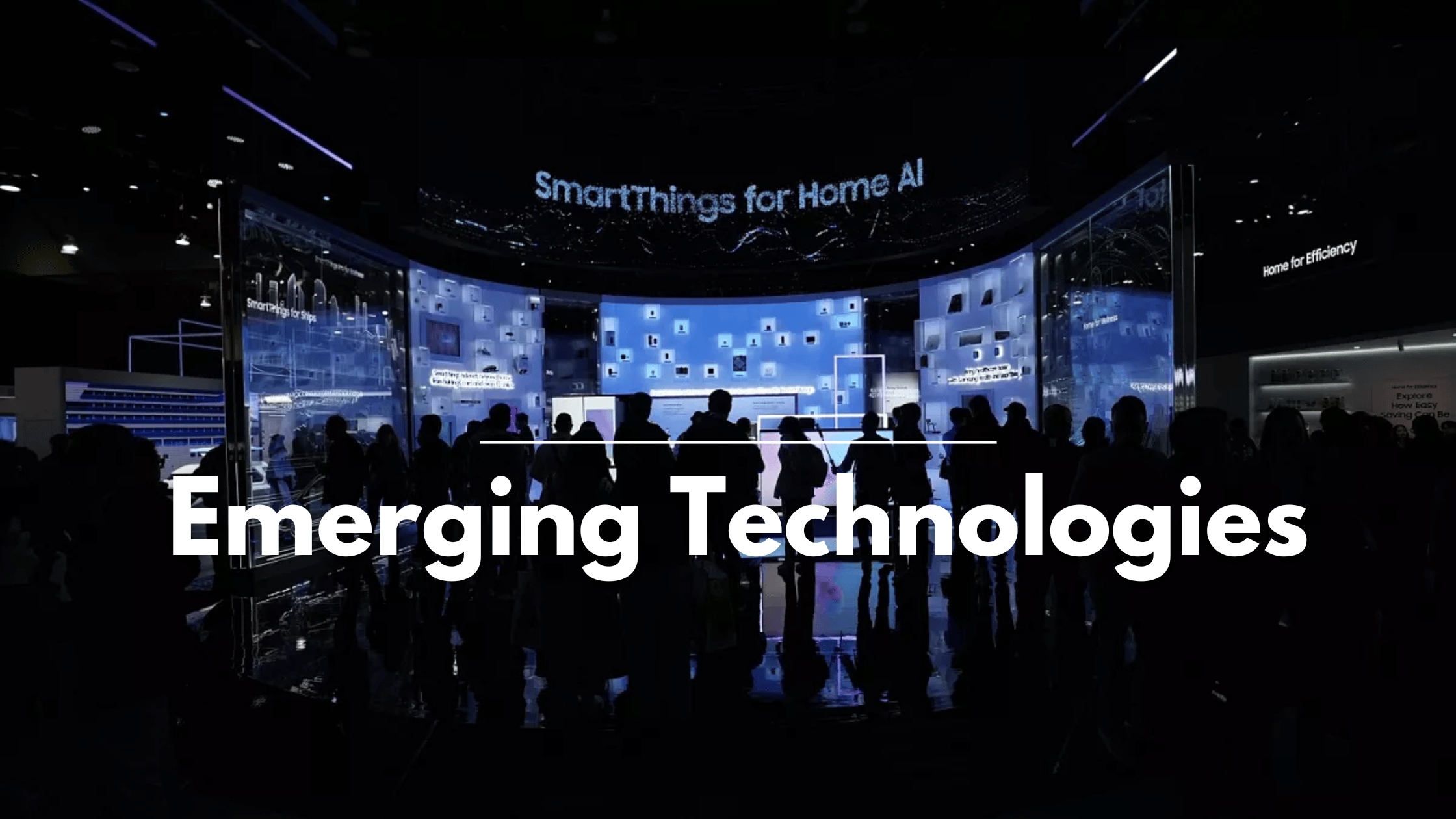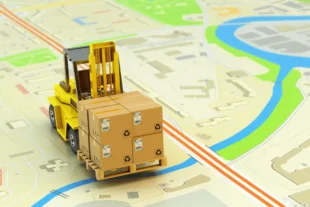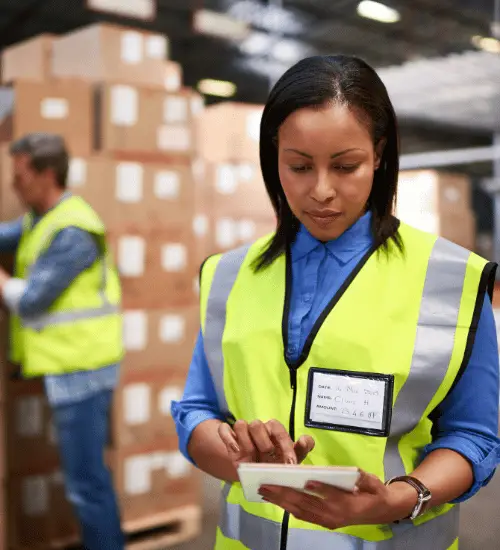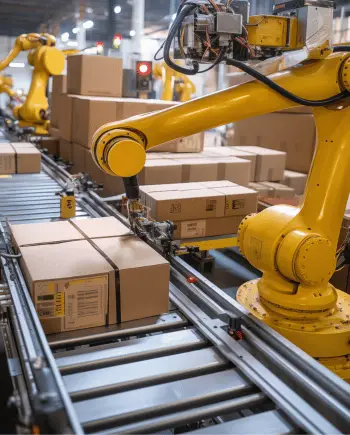The Consumer Electronics Show (CES), known as the world’s proving ground for breakthrough technologies, has once again set the stage for innovations that promise to revolutionize global supply chains. As industries continue to demystify the complexities of globalization, sustainability, and digital transformation, the insights from CES 2025 offer a beacon of progress.
Focusing on emerging technologies, this year’s event highlighted how advancements in artificial intelligence (AI), automation, and digital twins are poised to redefine logistics and supply chain management.
Statistics from recent analyses underscore the urgency and potential for technological integration in supply chains. For instance, a survey revealed that 60% of organizations expect robotic process automation to have a major or moderate impact on supply chains by 2025, signaling a significant shift towards automated processes for enhancing productivity and efficiency.
Furthermore, the advisory firm Interact Analysis predicts that the mobile robotics market could grow from approximately $3.6 billion in 2021 to $18 billion by 2025, reflecting the industry’s investment in next-generation logistics solutions.
At CES 2025, the conversation around how emerging technologies will revolutionize global supply chains was vividly captured by Julie Sweet, Chair and CEO of Accenture, who remarked, “Data, AI, and new ways of working are transforming industries and addressing global challenges. We need to build trust in AI technologies, especially as AI becomes increasingly autonomous in a society where trust is scarce.”
Sweet highlights the pivotal role of AI in not just streamlining operations but in rebuilding trust and reliability in supply chain networks.
Also, CES 2025 spotlighted the integration of sustainability into logistics, with technologies aimed at reducing carbon footprints and enhancing the circular economy. Innovations in energy solutions, including battery technology and green hydrogen, were showcased, emphasizing how logistics can contribute to broader environmental goals. The focus on sustainability aligns with industry trends where companies are expected to leverage technology to meet consumer demands for ethical and green practices.
Let’s look into the specifics of CES 2025, as it becomes evident that the future of supply chain management will be shaped by a confluence of technological innovation, environmental consciousness, and strategic resilience.
Technology Integration for Efficiency and Resilience
AI and Machine Learning
At CES 2025, there was significant discussion on how AI demand forecasting and end-to-end (E2E) visibility are redefining logistics. AI is expected to optimize logistics, procurement, and planning, making real-time decisions based on predictive analytics. This includes enhancing supply chain resilience by predicting disruptions and optimizing routes, which could reduce operational costs and improve efficiency.
Digital Twins and Automation
CES 2025 highlighted the use of digital twins for logistics planning, offering real-time monitoring and simulation of supply chains, which can help in anticipating issues and proposing solutions. Automation was also a prominent topic, evolving from handling isolated tasks to addressing complex industry-wide challenges, particularly in the context of labor shortages.
Data and Cybersecurity
With the growing reliance on digital solutions, cybersecurity was a significant concern. The industry is seeing an increase in cyber threats, particularly those targeting supply chain networks. There’s a push for better cybersecurity measures and risk management strategies to safeguard against these threats.
Sustainability and Environmental Impact
A major talking point was the integration of sustainability into logistics strategies. This includes using logistics technology to minimize environmental impact, such as optimizing routes to reduce carbon emissions and adopting green technologies like electric trucks and biofuels. The industry is under pressure to meet ambitious climate targets, with a focus on reducing Scope 3 emissions.
Consumer Expectations and Last-Mile Delivery
There was a focus on meeting the rising consumer demand for faster deliveries, including innovations in last-mile logistics, such as the deployment of autonomous vehicles and the integration of AI for route optimization, and the exploration of new delivery methods, for example, drones to fulfill same-day delivery expectations.
Automation and Job Transformation
While automation is seen as a solution to labor shortages, there’s also a discussion on how it affects jobs. The shift towards roles where humans operate machinery rather than perform manual labor was highlighted. This trend is expected to continue, emphasizing the need for workforce reskilling.
Conclusion
The insights from CES 2025 paint a compelling picture of a future where emerging technologies will revolutionize global supply chains. The confluence of AI, automation, digital twins, and a strong push towards sustainability is not merely enhancing operational efficiencies but is fundamentally altering the landscape of logistics and supply chain management.
This revolution is characterized by an unprecedented level of resilience, with AI-driven predictive analytics allowing companies to anticipate disruptions and adapt in real time. Automation is no longer just about labor replacement but about augmenting human capabilities, tackling labor shortages, and ensuring precision in an increasingly complex logistics environment.
Also, the emphasis on sustainability at CES 2025 reflects a global shift towards responsible logistics. Technologies that reduce carbon footprints, optimize resource use, and promote circular economy principles are becoming integral to supply chain operations, ensuring that economic growth does not come at the expense of environmental health.
The future is promising, but challenges remain. Cybersecurity stands out as a critical concern, with the digitalization of supply chains opening new avenues for threats. The industry must balance innovation with security to safeguard the integrity and efficiency of global trade.
You May Also Like:
Industry 4.0 in Supply Chains: Here’s How It Works
Top 7 Emerging Supply Chain Logistics Technologies
Top 10 Global Supply Chain Trends to Watch in 2025













